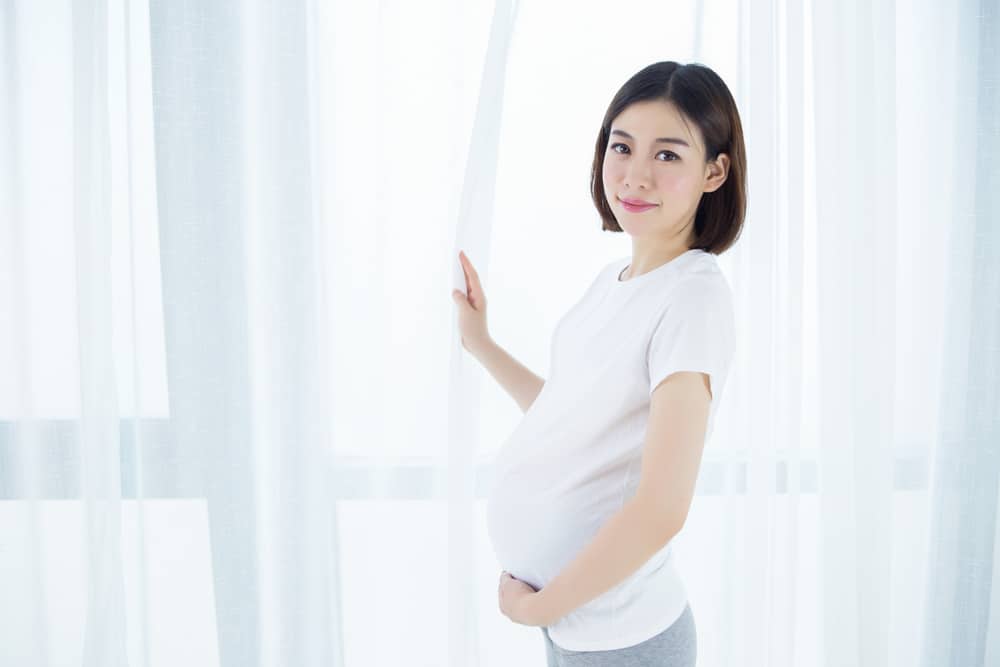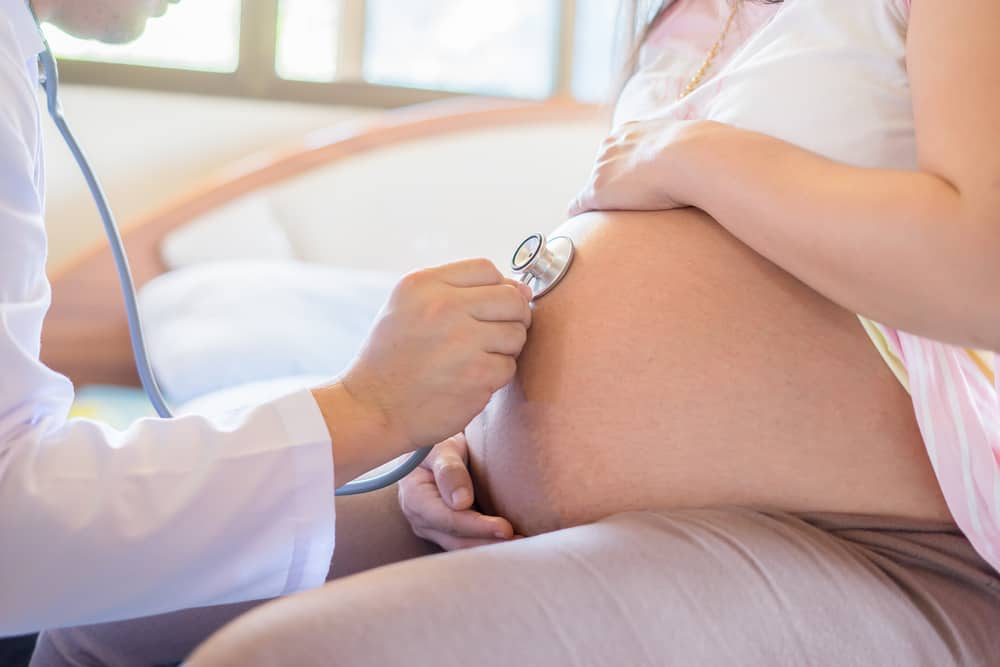Contents:
- Medical Video: Preeclampsia Video - Brigham and Women's Hospital
- Eclampsia is a serious complication of preeclampsia
- Eclampsia seizures can occur more than once
- Preeclampsia and eclampsia are more common in the first pregnancy
- Eclampsia can occur due to unconscious preeclampsia
- The only "cure" for eclampsia is labor
Medical Video: Preeclampsia Video - Brigham and Women's Hospital
You may be more familiar with the term preeclampsia because you often hear it from doctors' warnings every time you check the womb. However, you also need to be aware of eclampsia. Eclampsia is a dangerous condition as a result of hypertension during pregnancy. Here are 5 important things you need to know about eclampsia.
Eclampsia is a serious complication of preeclampsia
Eclampsia is a seizure that is experienced during pregnancy or after childbirth. Eclampsia seizures are not caused by brain conditions such as seizures or epilepsy in general, but arise as a more severe continuation of preeclampsia (blood pressure that is too high during pregnancy).
Eclampsia is a rare but serious condition. If left untreated, seizures of eclampsia can cause coma, brain damage, and potentially maternal or infant death (stillbirth).
Lately, eclampsia is more common after giving birth. The reason is that during childbirth, the doctor will use drugs to prevent eclampsia, but then discontinued after labor is finished.
Pregnant women are at high risk of developing eclampsia when straining during labor.
Eclampsia seizures can occur more than once
One sign of eclampsia is seizures that occur during pregnancy or after birth. Seizures can occur more than once with an average duration of 60-75 seconds.
The duration of seizures that occur is two phases, namely phase one when the first 15-20 seconds, which is characterized by a twitching face, the body begins to stiffen, and the muscles tighten. While the second phase lasts for 60 seconds, which is characterized by facial muscles and moving eyelids. Then, all the muscles of the body begin to alternate seizures.
Usually, after that people who are seizures due to eclampsia will be unconscious for a while. This period later became a critical period.
Preeclampsia and eclampsia are more common in the first pregnancy
The risk factors for preeclampsia and eclampsia are:
- Twin pregnancy
- History of chronic high blood pressure
- Kidney illness
- Organ transplant
- History of preeclampsia in the family
- Obesity, especially the body mass index of more than 30
Preeclampsia is most common in teenage pregnancies or pregnant women in their late 30s and 40s. However, women who do not experience preeclampsia in the first pregnancy can still experience it. Preeclampsia can also occur even though the mother has no previous history of high blood pressure.
The cause of preeclampsia is unknown. However, some theories state that this is due to the blood supply to the placenta is not smooth, thus disrupting the body's blood flow.
Women with preeclampsia tend to have complications such as low birth weight babies, preterm births, or placental abruption, where the placenta separates from the uterine wall before labor.
Eclampsia can occur due to unconscious preeclampsia
Because eclampsia is a complicating condition for preeclampsia, preeclampsia should be detected first so that it can be prevented. But unfortunately, women who have preeclampsia often don't feel sick.
Pregnant women are recommended to carry out routine checks, because preeclampsia occurs slowly and is dangerous, and sufferers are often unaware of the conditions that occur.
Symptoms can include, but are not limited to:
- Hand and facial swelling (edema) Some cases of normal swelling occur during pregnancy, but swelling of specific preeclampsia occurs in the face and eyes.
- Sudden weight gain in 1 to 2 days.
- Increase weight more than 1 kg in a week.
In serious cases, the following symptoms also appear:
- Headaches that don't go away.
- Abdominal pain on the right side, under the ribs, or on the right shoulder.
- Nausea and vomiting.
- Changes in vision: temporary blindness, seeing light or spots, sensitivity to light, blurred vision.
The only "cure" for eclampsia is labor
Childbirth is a way to overcome preeclampsia and eclampsia. Continuing pregnancy while the mother is diagnosed with preeclampsia is fatal and can cause more dangerous complications.
Therefore, most cases of mothers with preeclampsia are encouraged to give birth even if they miss the date of normal delivery. Even so, the doctor will still monitor and decide whether you and the fetus are ready to carry out the delivery process. Childbirth can occur when the gestational age enters weeks 32 to 36.
In most cases, eclampsia will disappear and heal when 6 weeks after the baby is born. So, you should often consult a doctor, to find out your health condition and fetus.













